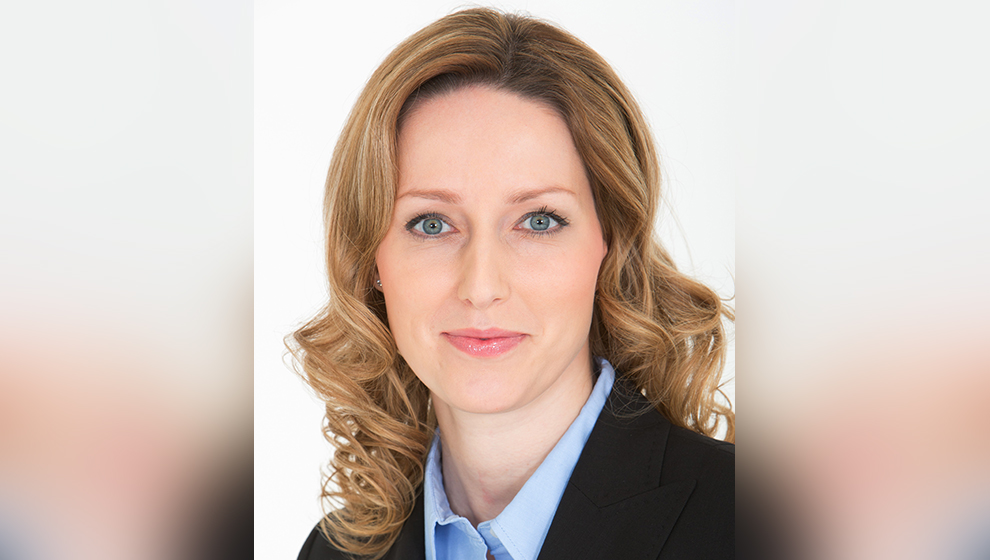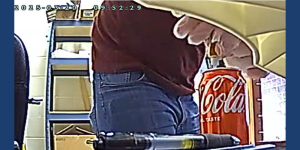What are the most common types of trademark disputes in Germany?
Quite common are trademark infringement disputes involving the infringement of an older registered trademark by a younger trademark that is being used in violation of the law.
As ownership of a trademark is determined on a first-to-file basis, it is therefore highly recommended to register trademarks for goods and services offered in Germany- after a thorough research whether the trademark is still available.
German Trademark Law also provides protection of unregistered trademarks; however, the requirements for establishing rights based on the mere use are very high. Rights on unregistered trademarks are established if a sign that has been used in commerce as a trademark for the relevant goods and services has acquired a reputation among the relevant public- which is difficult and time-consuming to prove. Use needs to be proven within the whole territory of Germany. If a sign has acquired a reputation only within a certain territory in Germany, protection is limited to that area. In this case, the trademark owner’s legal remedies are also limited to that area – that is, the trademark owner may not prohibit use in Germany outside that area and may not file oppositions or cancellation applications against younger registered trademarks.
In other trademark infringement cases we must compare trademarks on one side with a business name on the other side or we must assess whether there is a likelihood of confusion between two registered trademarks. Other trademark infringement actions focus on proving the use of the earlier sign.
How are trademark infringements assessed in Germany?
A trademark infringement is an impairment of the rights of the trademark owner, against which he can take legal action.
It is generally not permitted to affix third-party trademarks to one’s own goods or offer services under them if this is done in the course of business.
Trademarks are generally only protected for certain goods or services. So, if you sell food under the trademark “M”, you cannot keep a third party from offering shoes under the trademark “M”. Exceptions to this are famous trademarks that also enjoy protection in other classes of goods and services, which must always be assessed when evaluating a trademark infringement. In addition, the protection of trademarks is always limited to certain territories (e.g. Germany, European Union, USA).
A trademark infringement exists if there is a so-called likelihood of confusion between two signs. According to established case law, three criteria are decisive for this, whereby these interact with each other, namely the similarity of the trademarks, the similarity of the goods and services identified by the trademarks and the degree of distinctiveness of the earlier trademark.
How easy is it to detect trademark or design infringements and how do I enforce design rights?
To detect a trademark or a design infringement it is our recommendation to install trademark and/or design monitoring. Depending on the scope of monitoring (only official registers, internet, online publications etc.), you will be informed of new and potential infringing applications and of use of identical or similar trademarks and designs in the marketplace.
Regarding designs once a potentially infringing product has been detected, there must be a careful assessment.
As a first step, the previously known set of shapes (i.e. all designs that were available to the public before the design to be assessed was registered) must be determined. This is followed by an exact analysis of your own design, whereby it is “broken down” into individual features. These features are then used as a basis for comparison with the potentially infringing product.
For example, if you compare two bags (your own product and a product which seems to be a copy) you look at all the features such as the straps, handles, body of the bag, rivets, prints, colour, texture, material etc. And then you compare those features to the respective features of the other bag. If the overall impression is similar, there might be a design infringement.
If there has been an infringement of my IP rights or the imitation of my product, what are my options?
Product piracy always occurs when a product infringes intellectual property rights. This involves trademark rights, patent rights, utility models or designs, which are usually registered in the relevant registers. A special case is copyright, which is not a registered right but arises through the creation of the work.
Owners of these property rights have various claims, ranging from the prohibition of the production and sale of the copied goods to the right to demand the return of the goods or to have them destroyed. The owner is also entitled to information, accounting, and compensation claims, claims which often impose a heavy burden on the infringer.
The claims are usually at first asserted with a cease-and-desist-letter and if the infringer does not comply this letter is followed by a preliminary injunction proceeding in case of urgency or by way of legal action before a competent court. Under German law, there is a so-called cost reimbursement award, i.e. the unsuccessful party must pay all legal fees (including those of the opposing party) and court costs.
About Stumpf Patentanwälte
As a specialized IP boutique, we advise and represent companies of all types and sizes, from start-ups to medium-sized and large companies in the field of intellectual property. We focus on trademark, patent, design and copyright law as well as competition law. We offer many years of experience, in-depth know-how in IP law and an international network that has grown and proven itself over the years. In our firm, patent attorneys and attorneys-at-law work hand in hand to guarantee clients comprehensive support in IP law.
“The law firm Stumpf Patentanwälte PartGmbB has its headquarters in Stuttgart, a city in the south of Germany in the Baden-Württemberg region – well known as the home of Mercedes and Porsche.”
“According to the Innovation Atlas 2023 published by the German Economic Institute (IW), the greater Stuttgart area is the most innovative region in Germany. The automotive industry and the many metal and electrical companies are attractive for well-trained specialists, spending on research and development has increased since 2013 and ‘nowhere else in Germany are so many patents registered’.”
Laura Rothmund-Feise
Email: rothmund@pat-ks.de
Stumpf Patentanwälte PartGmbB
Alte Weinsteige 73 D-70597 Stuttgart
Tel: +49[0] 711. 658 381-0
Fax: +49[0] 711. 658 381-55
Email: office@pat-ks.de
Published by: www.lawyer-monthly.com

















